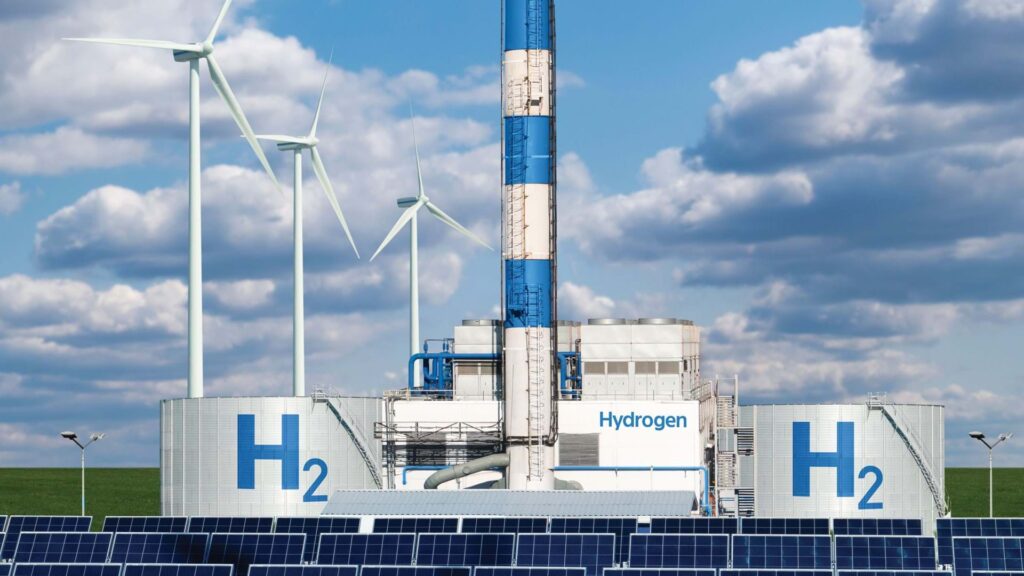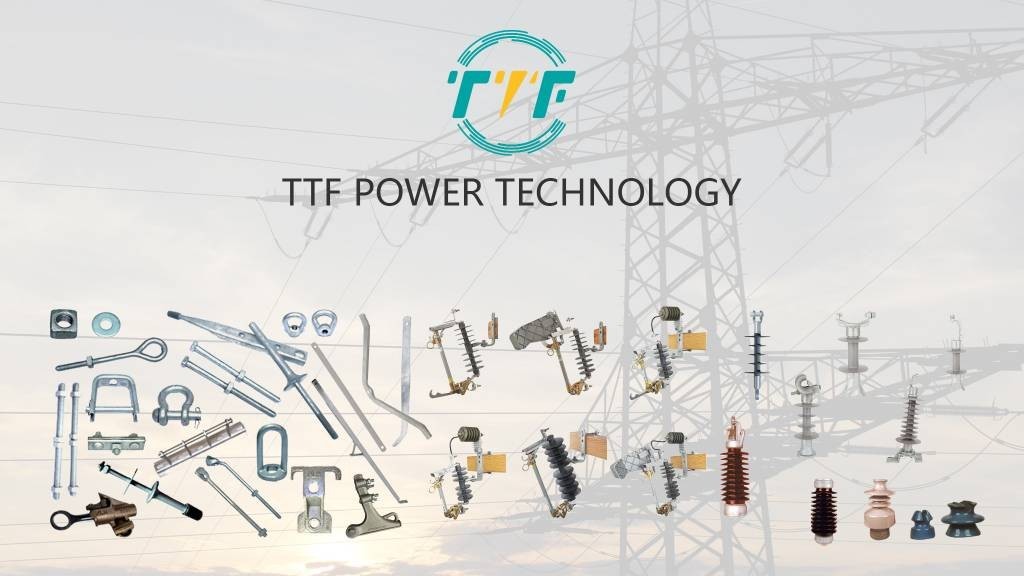
Green hydrogen plays a vital role in the energy sector of Chile. Chile is becoming a worldwide leader in the production of green hydrogen. This can be attributed to its distinctive natural benefits and proactive government initiatives. Green hydrogen is generated by electrolyzing water with renewable energy sources. Chile’s Atacama Desert possesses plentiful solar resources, making it perfect for extensive solar PV initiatives. The Magallanes region in southern Chile possesses wind resources ideal for generating wind energy. Ignis Energy, a company from Spain, has declared the halt and downsizing of its green hydrogen and ammonia initiatives in Chile. This is caused by a worldwide decline in the hydrogen industry. The project is undergoing a thorough evaluation to reexamine its scale, land utilization, and possible locations. Utilizing a crossover clamp in the production of green hydrogen aids in avoiding the undesired mixing of gases.
A high-quality crossover clamp ensures the proton exchange membrane functions properly. This is to reduce gas crossover and improve efficiency. The clamp also reduces crossover risks to reduce explosion hazards and ensure compliance with Chile’s hydrogen safety regulations. It also helps maintain high purity hydrogen, which is crucial for downstream applications. These include ammonia production, fuel cells, and industrial uses. Crossover clamps enable efficient electrolyzer operation. This is crucial for achieving cost-competitive and scalable hydrogen production in Chile. It could also help Chile position itself as a leader in green hydrogen due to its renewable energy.
Possibilities for technological advancements in green hydrogen in Chile
Chile boasts a bold green hydrogen plan alongside its unmatched renewable energy assets. There are many advancements, such as sophisticated electrolyzer technologies, intelligent grid solutions, and dropout cutout fuses. These technologies create chances to improve efficiency, lower expenses, and boost sustainability. Chile has the potential to strengthen its status as a worldwide leader in the production and export of green hydrogen. This will aid in the worldwide energy shift and help reach its decarbonization targets. A crossover clamp is crucial in supporting green hydrogen infrastructure. These are the possibilities for innovation in green hydrogen in Chile.

- Advanced electrolyzer technologies—advancements in electrolyzers can lower expenses and enhance efficiency. The possibilities involve efficient electrolyzers, resilience in tough environments, along with modular and scalable systems.
- The integration of renewable energy—green hydrogen manufacturing depends on renewable sources. Advancements in energy integration can enhance the use of solar and wind resources. The possibilities encompass hybrid renewable systems, smart grid technologies, and direct connections.
- Energy storage and hydrogen transport—advancements in hydrogen storage and transport create new possibilities. This consists of hydrogen storage options, ammonia serving as a transport medium, and pipeline networks.
- Intelligent electrical safety systems—devices like crossover clamps guarantee the safety and dependability of green hydrogen facilities. Advancements in this field can improve efficiency and cut interruptions.
The roles of crossover clamp in green hydrogen production
A crossover clamp is a component used in pipeline systems for transporting gases or liquids. It is crucial for ensuring the safety, integrity, and efficiency of hydrogen transport pipelines. This is relevant for Chile’s green hydrogen production and distribution efforts. Additionally, crossover clamps help maintain high-purity hydrogen. This is crucial for downstream applications, fuel cells, and industrial uses. Their functions include hydrogen infrastructure development, integration with existing infrastructure, support for large-scale projects, and adaptation to hydrogen-specific challenges.
The significance of global collaborations in the production of green hydrogen in Chile.
Global collaborations are essential for promoting green hydrogen initiatives worldwide, which is vital for Chile. The nation intends to establish itself as a key producer and exporter of green hydrogen. The collaborations ease the exchange of knowledge, transfer of technology, investment, and market growth. Outlined below are the functions of global collaborations in green hydrogen initiatives in Chile.

- The transfer of technology and innovation—green hydrogen relies on cutting-edge technologies for effectiveness. This comprises of efficient electrolyzers, systems for integrating renewable energy, and solutions for hydrogen storage. Collaborative research and development, along with technology transfer, are offered through partnerships.
- Investment and funding—global collaborations can assist in gathering the required capital. They play a vital role in blended finance models and foreign direct investment.
- Market expansion and export possibilities – global collaborations are essential for cultivating export markets and forming trade connections. Its opportunities consist of offtake agreements, trade pacts, certifications, and standards. This promotes transparency and fosters trust between buyers.
- Developing infrastructure—the construction of the necessary facilities for producing, storing, and exporting green hydrogen is a significant challenge. Nations can work together to create common infrastructure like hydrogen pipelines, ports, and shipping facilities.
